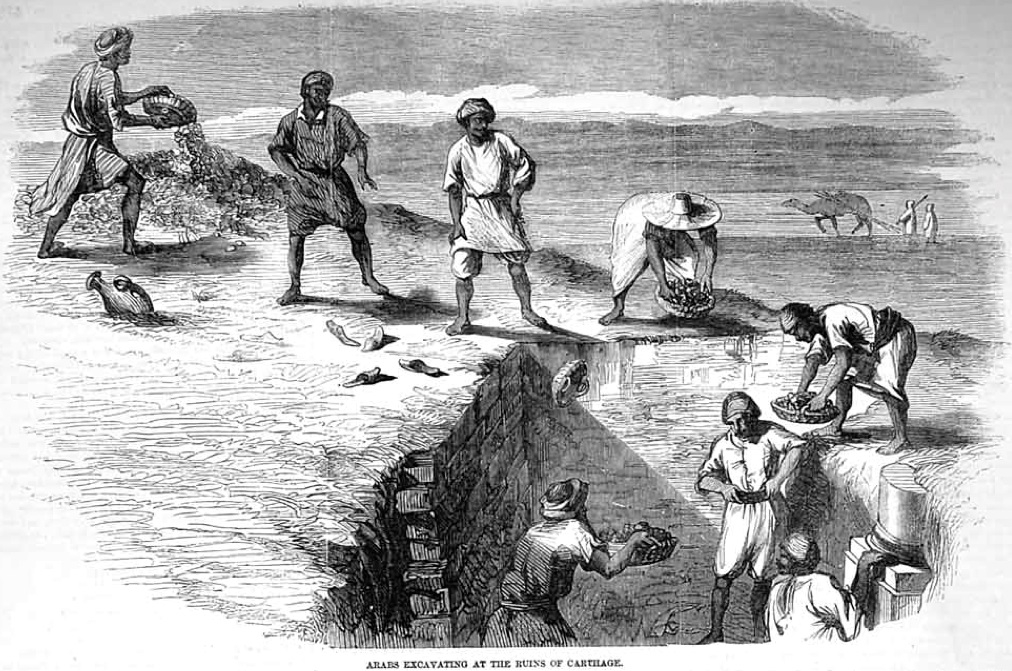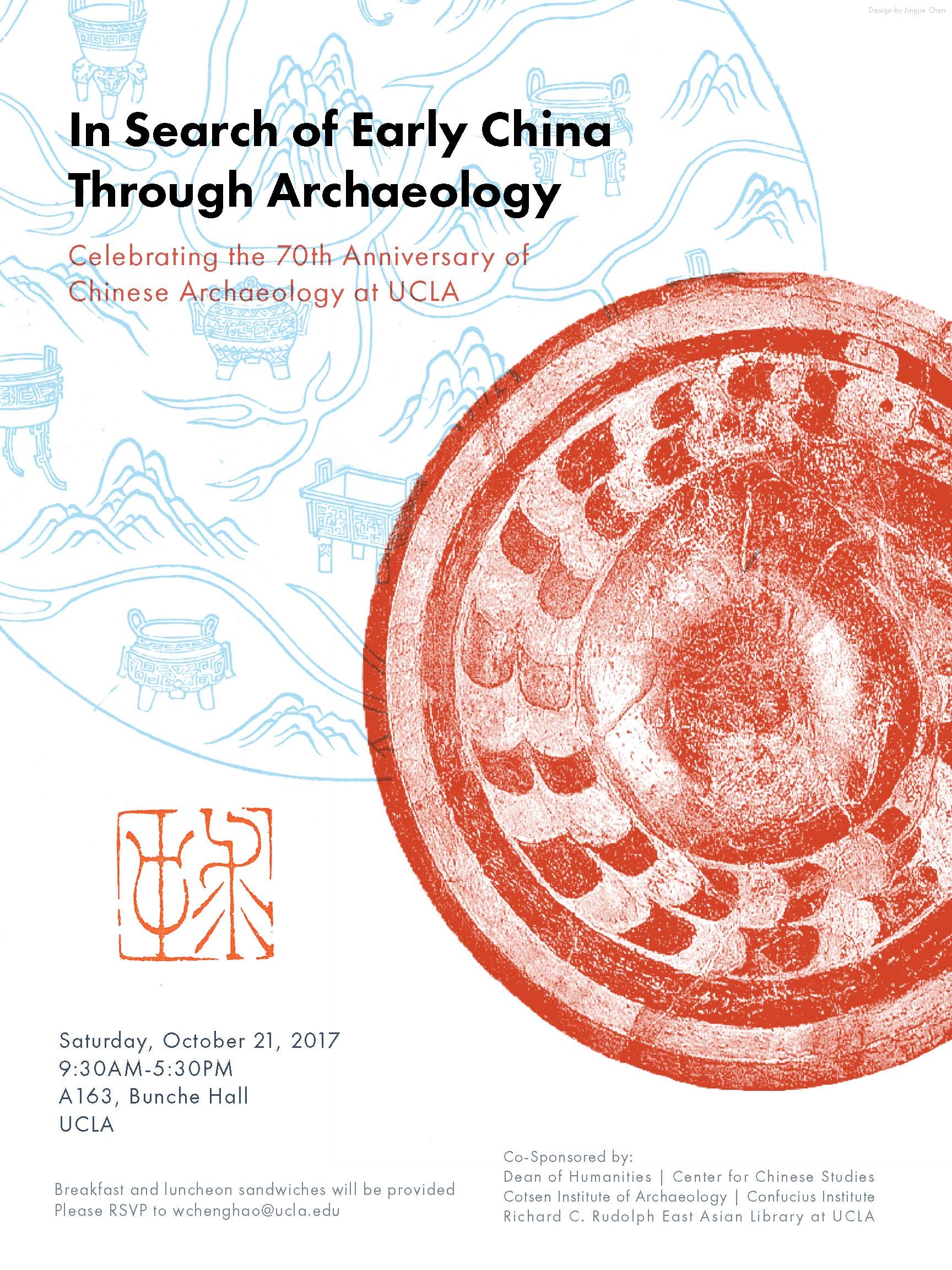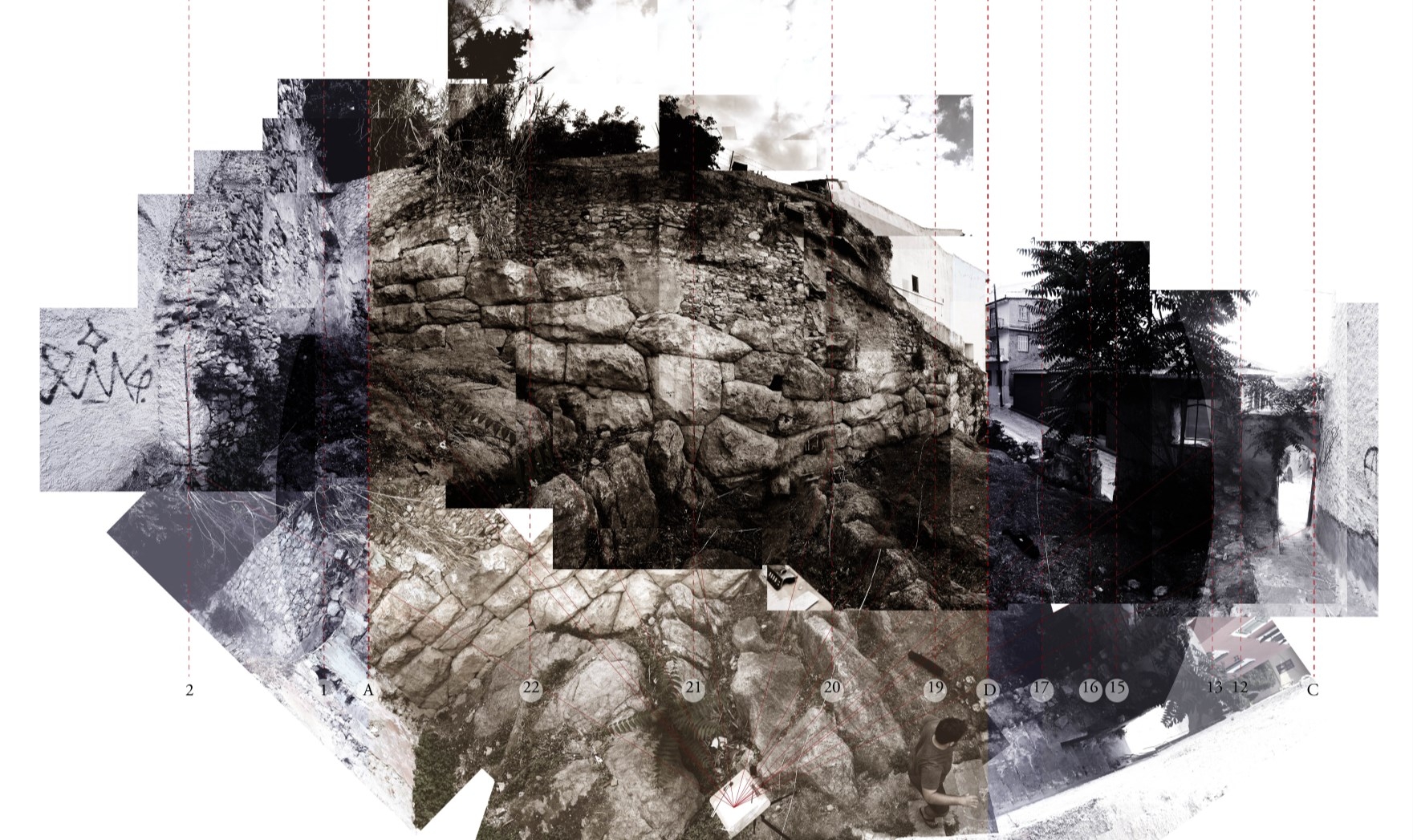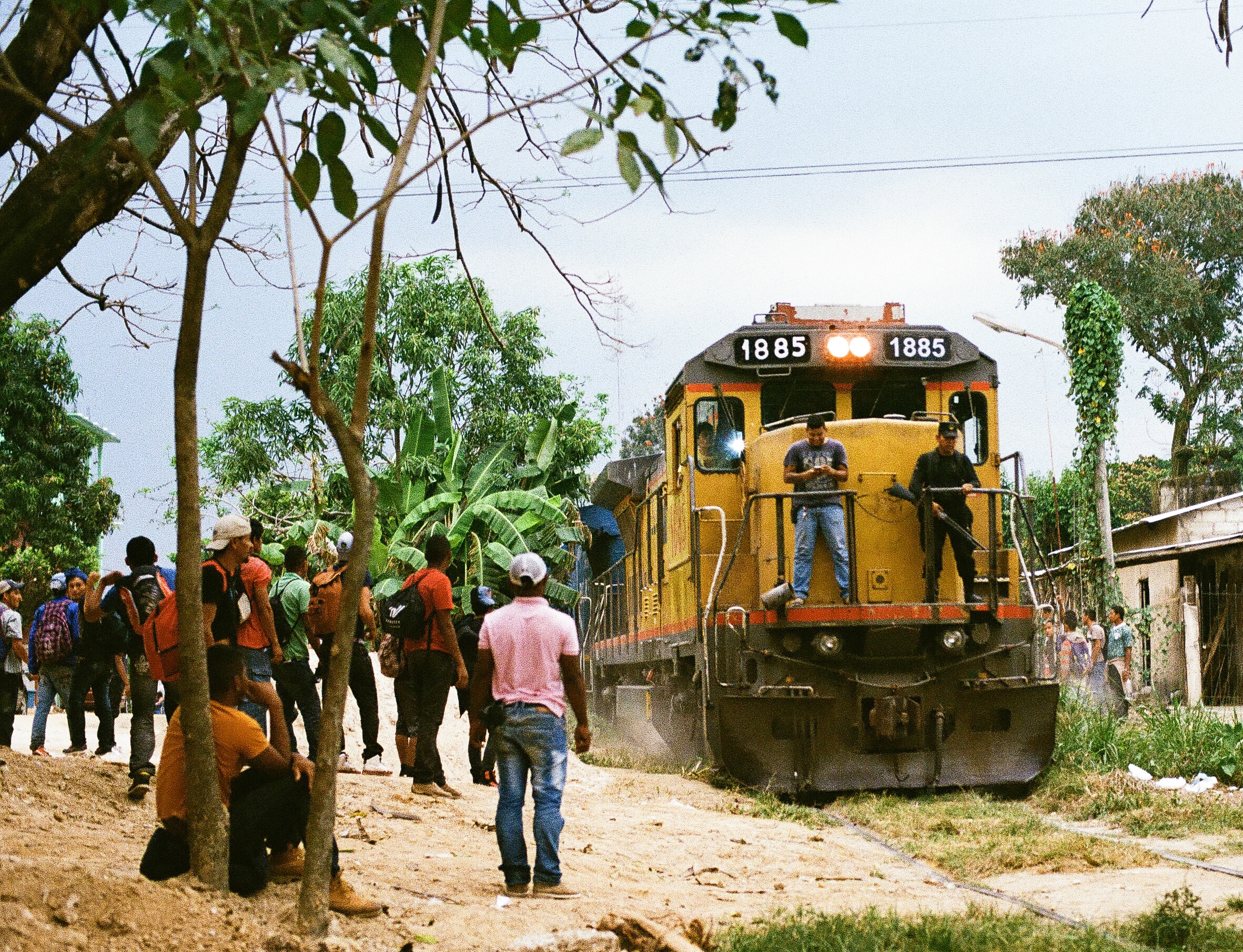Past Events
Interested in Cotsen events? Sign up for our mailing list.Speaker: Professor James McHugh, Associate Professor, School of Religion, USC
Professor James McHugh explores the complex world of drinks and drinking in pre-modern India. From rice wine to palm toddy, a huge variety of drinks were made. In the early centuries of the common era, another drug—betel—joined the mix too, though cannabis and opium appeared much later. How and where were these drinks and drugs consumed? Were they forbidden or permitted? How did medical scholars think they worked? And how are they related to religion and mythology?

Contact Matthew Swanson
Email mswanson@ioa.ucla.edu
Phone
Speaker: Dr. Ridha Moumni, Institut de Recherche sur le Magreb Contemporain
In Tunis, the first collections of antiquities were established in the 18th - 19th centuries. European Consuls, foreign scholars, and international traders acquired most of the archaeological remains then available from the ancient city of Carthage. Whether growing out of their personal taste, commercial considerations, or a desire for cultural distinction, they enriched the collections of major European museums. This collecting practice was not limited to foreigners, but also touched the local ruling class. Ministers and the Bey himself constituted rich collections, the most famous of which belonged to the main Tunisian families of the 19th century. The result of ongoing sustained effort, these collections had a notoriety exceeding the country, guaranteeing the fame of their owners on a transnational level, as when they were exhibited in World’s Fair of 1855 and 1873. The Tunisian ruling class quickly became aware of the stakes of their cultural heritage, formerly ignored, which became an important referent of national identity before the French colonization in 1881.

Contact Matthew Swanson
Email mswanson@ioa.ucla.edu
Phone
Speaker: Dr. Timothy Murray, Charles La Trobe Professor of Archaeology, La Trobe University
In this talk, Dr. Murray will briefly outline the essence of a new interdisciplinary research project exploring the historical archaeology of extensive pastoralism in Australia, with a particular focus on the Western Division of New South Wales. Core elements of the project span conventional ecological history (especially the impact of sheep and cattle grazing on the rangelands of the region), as well as the history of wool as a global commodity, the impact of the dispossession of indigenous people by European settlers, and the impact of new technologies such as fencing, railways, but particularly drilling for artesian water. The research project thus considers many elements of a more general inquiry into the ecological and economic impacts of the creation of both national and imperial entities (and identities) during the nineteenth and early twentieth centuries around the globe.
Contact Matthew Swanson
Email mswanson@ioa.ucla.edu
Phone

Contact Chenghao Wen
Email wchenghao@ucla.edu
Phone
Speaker: Dr. Christopher Witmore, Texas Tech University
This talk attempts to formulate a different theory of time. Whereas time is often honored with an astounding primacy by history and archaeology, actual things cannot be reduced to the aftereffects of time. Rather, the rapports, exchanges, and mergers between actual entities – Bronze-Age bridges and nineteenth-century cart roads, stonemasons and ashlar masonry, potters and ancient ceramic forms – are generative of time. In developing a different theory of time, one that stands as an alternative and complement to history, archaeology expands from sorting out the time of antiquity to working with the sorting that is the antiquity of time.

Contact Matthew Swanson
Email mswanson@ioa.ucla.edu
Phone
Since 2015 Jason De León has been involved in an analog photoethnographic project focused on documenting the daily lives of Honduran smugglers who profit from transporting undocumented migrants across Mexico. In this talk, he will discuss the relationship between transnational gangs and the human smuggling industry and outline the complicated role that photography plays as a field method and data source in this violent and ethically challenging ethnographic context.
Jason De León
Associate Professor of Anthropology,
University of Michigan
Director, Undocumented Migration Project
California NanoSystems Institute (CNSI)
Wednesday, October 18, 2017
5:00 p.m.
Reception to follow
Please RSVP to this event here.
This Public Lecture is co-sponsored by:
Professor and Director Willeke Wendrich, UCLA Cotsen Institute of Archaeology
The Mellon Foundation’s Urban Humanities Initiative at UCLA
Professor and Chair Jason Throop, UCLA Department of Anthropology
Professor Richard Lesure, Marilyn Beaudry-Corbett Endowed Chair in Mesoamerican Archaeology
Contact Tanja Hrast
Email tanja@ioa.ucla.edu
Phone
Speaker: Dr. Matthew Robb, Chief Curator, Fowler Museum, UCLA
In 1963, the chance discovery at the Teotihuacan compound known today as La Ventilla of a four-part composite sculpture marked with interlaced-scrolls more typically associated with sites like El Tajín firmly established connections between ancient Teotihuacan and its contemporaries on the Gulf Coast. The discovery of a smaller, intact object of similar form in 1987 in Tikal’s Mundo Perdido provided new evidence for Teotihuacan’s involvement with Tikal and the Maya. Other studies focused on similar objects appearing in the visual culture of Classic period Veracruz have identified them as stone versions of feathered banners, and drawn connections with the appearance at Teotihuacan of interlaced-scrolls on murals at other buildings at La Ventilla and early structures at the Edificios Superpuestos. This lecture will document the chronological and cultural discrepancies between framing an object as a marker of Teotihuacan influence at 4th century Tikal, but as a marker of 6th century Gulf Coast connections at Teotihuacan. It will explore the archaeological, aesthetic, and social contexts of these objects and suggest new avenues for their interpretation based on recent discoveries at the site.
Contact Matthew Swanson
Email mswanson@ioa.ucla.edu
Phone
Software Carpentry aims to help researchers get their work done in less time and with less pain by teaching them basic research computing skills. This hands-on workshop will cover basic concepts and tools, including program design, version control, data management, and task automation. Participants will be encouraged to help one another and to apply what they have learned to their own research problems.
For more information on what we teach and why, please see our paper "Best Practices for Scientific Computing".
Software Carpentry: R Workshop
Who: The course is aimed at graduate students and other researchers. You don't need to have any previous knowledge of the tools that will be presented at the workshop.
Where: Young Research Library. Get directions with OpenStreetMap or Google Maps.
When: Oct 16-17, 2017. Add to your Google Calendar.
Requirements: Participants must bring a laptop with a Mac, Linux, or Windows operating system (not a tablet, Chromebook, etc.) that they have administrative privileges on. They should have a few specific software packages installed (see here). They are also required to abide by Software Carpentry's Code of Conduct.
Accessibility: We are committed to making this workshop accessible to everybody. The workshop organisers have checked that:
- The room is wheelchair / scooter accessible.
- Accessible restrooms are available.
Materials will be provided in advance of the workshop and large-print handouts are available if needed by notifying the organizers in advance. If we can help making learning easier for you (e.g. sign-language interpreters, lactation facilities) please get in touch (using contact details below) and we will attempt to provide them.
Contact: Please email lib_archivehelp@em.ucla.edu for more information.
Contact Tim Dennis (UCLA Library)
Email lib_archivehelp@em.ucla.edu
Phone
Speaker: Dr. Norman Yoffee, University of Michigan
Old Assyrian texts from Mesopotamia, ca. 1950-1750 BCE, shed light on merchants and markets in Mesopotamia and the relationship between merchants and the Old Assyrian state. In this lecture, I review recent research on Old Assyrian trade and the implications for understanding trade in other times and places in the Ancient Near East and elsewhere. I also consider why there is a recent explosion of studies on trade by archaeologists and provide brief examples.
Contact Matthew Swanson
Email mswanson@ioa.ucla.edu
Phone
Speaker: Dr. Di Luo, Postdoctoral Fellow, Center for Global Asia, New York University Shanghai
Buddhist architecture in China since the 11th century has often featured miniature pagodas and pavilions in the interior. These downsized "buildings," appearing in ceiling domes and murals and sometimes functioning as altars, bookcases, and reliquaries, assumed the role of the "holy of holies" of the space. My study of these miniatures focuses on the scaling principles they adhered to, the woodworking tradition they epitomized, and the religious significance of the phenomenon of miniature-making. The downscaling procedure, I argue, was not a purely technological problem, but deeply rooted in the Buddhist view of the composition and formation of our world. This Buddhist ideal was best demonstrated by a hierarchical set of numerals found in miniature architecture. With the assistance of digital tools, we are able to expose and scrutinize the fascinating numerical relationships existed in Buddhist architecture.
Contact Matthew Swanson
Email mswanson@ioa.ucla.edu
Phone
- ‹ previous
- 36 of 49
- next ›



